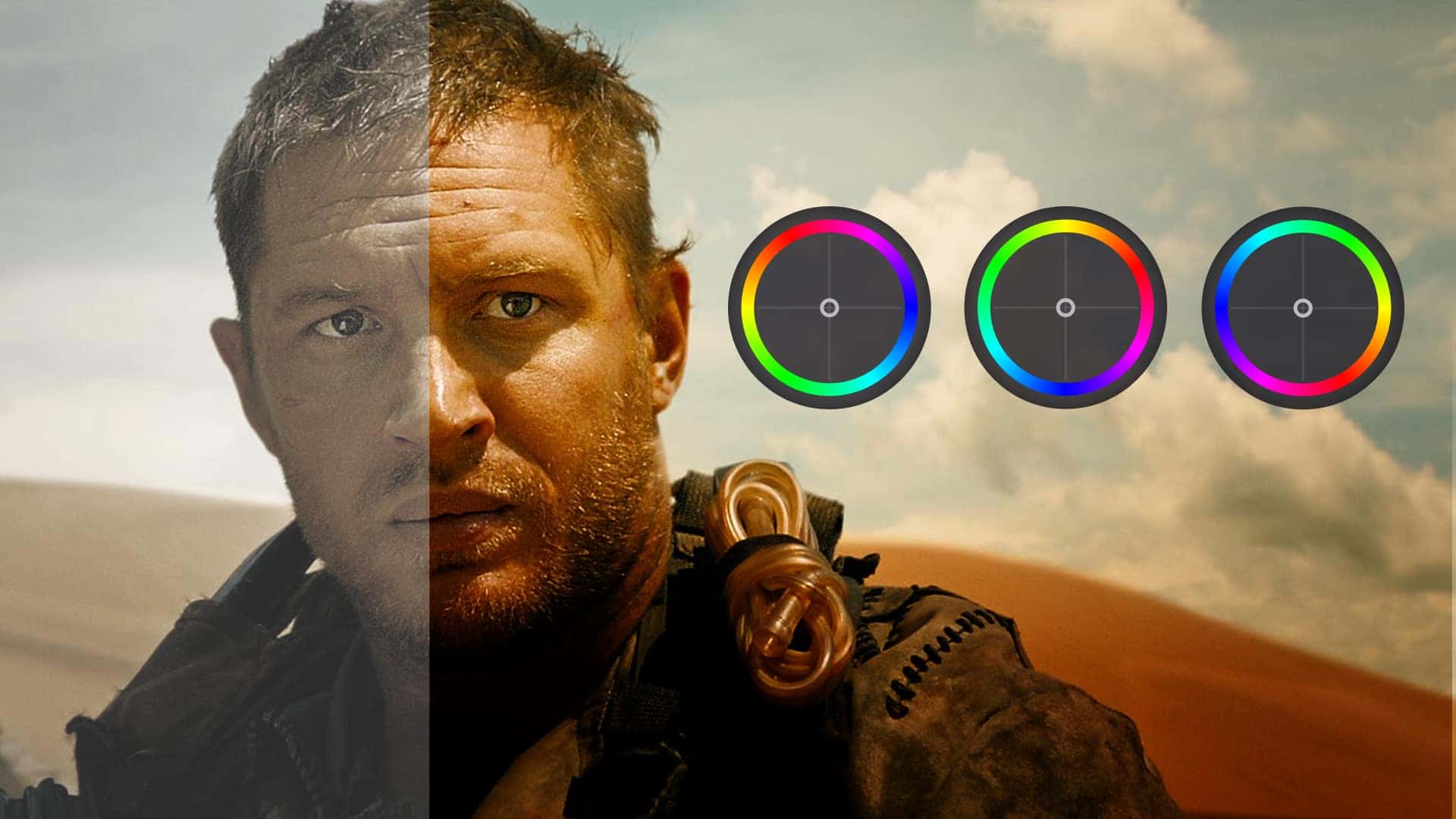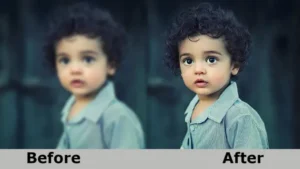Unleashing Creativity: How AI Enhances Video Color Correction
In the realm of filmmaking and video production, creativity and innovation are paramount. Every filmmaker aspires to create visually stunning and immersive content that captivates the audience. One crucial aspect of achieving this goal is AI video color correction. It’s an art form that ensures the colors in a video are not only technically accurate but also artistically compelling. While color correction has traditionally relied on human expertise, the advent of artificial intelligence (AI) has revolutionized the process, offering powerful tools to enhance and unleash creativity in video color correction.
The Importance of Video Color Correction
Video color correction is the process of adjusting the colors in a video to achieve a desired look, mood, or atmosphere. This involves modifying attributes such as brightness, contrast, saturation, and hue. Proper color correction can transform a bland, lifeless video into a vibrant, visually appealing masterpiece. It can set the mood, convey emotions, and create a cohesive visual identity for a project.
Before the emergence of AI, color correction was a labor-intensive and time-consuming process. It required skilled colorists who would meticulously adjust each frame by hand. While human expertise is invaluable, AI has significantly expedited and enhanced the color correction process, allowing for a more efficient and creative approach.
The Rise of AI in Video Color Correction
Artificial intelligence has made its mark in video production, particularly in color correction. AI algorithms are designed to process large volumes of data rapidly and make precise adjustments. In the context of video color correction, AI technology has evolved to offer several key advantages:
1. Speed and Efficiency
Traditional color correction could take hours or even days for a single video. AI-driven tools, on the other hand, can analyze and process video footage at lightning speed. This allows filmmakers to iterate quickly and experiment with various color schemes, ultimately leading to more creative and polished results.
2. Consistency
Human colorists, no matter how skilled, may introduce variations in their work due to fatigue or other factors. AI color correction tools, however, consistently apply adjustments across the entire video, ensuring uniformity in color and tone.
3. Object and Scene Recognition
Modern AI can identify objects and scenes within a video, enabling selective color correction. For example, it can enhance the colors of a specific character’s outfit or highlight a particular object, making it stand out from the background. This fine-tuned control fosters creativity by allowing filmmakers to emphasize key elements in their storytelling.
4. Creative Presets
AI-powered color correction software often includes built-in creative presets. These presets offer filmmakers a wide range of artistic looks, from vintage aesthetics to futuristic palettes. Creatives can use these presets as a starting point and then further customize the look to match their vision.
5. Real-Time Feedback
AI color correction tools provide real-time feedback, allowing filmmakers to see the results of their adjustments immediately. This instant gratification promotes experimentation and creative exploration.
Overcoming Limitations
While AI has brought significant advancements to video color correction, it is not without its limitations. AI algorithms rely on the data they are trained on, which means they may not always understand the unique nuances of a specific video. Human expertise remains essential for certain complex projects or those requiring a distinctive touch.
Additionally, filmmakers should use AI as a tool to enhance their creative vision, rather than relying solely on automated solutions. AI should complement human creativity, not replace it.
Conclusion
Artificial intelligence has transformed video color correction, making it faster, more efficient, and accessible to a broader range of creatives. It has empowered filmmakers to push the boundaries of their creativity and achieve more captivating and immersive visuals. As AI continues to evolve, it’s likely that its role in video production will expand even further, offering filmmakers new ways to unleash their creativity and craft visually stunning content.



